
As we all know, proper diagnosis is necessary for any kind of treatment. However, there are cases when a face-to-face contact between the doctor and the patient is not possible due to distance, situations etc. Then, there are widely practiced means which surpass these limitations.
What is Telemedicine?
Telemedicine is the name for a patient-doctor contact taking place via media such as the telephone, video conferencing, satellite or other. Through these means, proper diagnosis and treatment can take place, regardless of the locations of both the doctor and the patient. Therefore, telemedicine has a vital role in medicine as a whole.
Types of Telemedicine
Since the very beginning of telemedicine, there have been three main types of this support. Firstly, we have store and forward, secondly – interactive services and thirdly – remote monitoring.
The first method, being store and forward is used for data collecting, regarding medical history, images, videos, audios, reports and other important factors. All this information is collected, integrated and sent to the doctor in charge with the patient. Once the doctor receives the necessary data, the analysis and diagnosis can begin, often without the presence of the patient him/herself.
Secondly, there is interactive telemedicine, which stands for remote contact between the doctor and the patient. This can happen through telephone connection, home visits or online interaction via the Internet. Medical history checkup, physical examination and assessments are mostly done this way, when the regular way is not possible.
Finally, we have the remote monitoring. This popular method is also called self-testing or self-monitoring. Here, numerous technological devices are used for providing remote doctors with health data about their patients, even though the two are not in direct contact. This method is cheap and very effective, being more than popular nowadays.
Widespread Telemedicine
Initially, people announced their medical problems over the radio, seeking treatments. Later, telephones came into the picture and allowed new, interactive ways of communication. Today, with the abundance of technological breakthroughs in terms of informational technologies, we are capable of staying in contact at all times. Smartly, medicine takes advantages of these factors and upgrades telemedicine constantly. Often, all people need are medical opinions based on their symptoms. Therefore, telemedicine provides them with the necessary treatment ideas without the costly visits to the doctor's. Moreover, telemedicine is great to be used in cases of emergency, when time is of the essence and rapid treatment is necessary for survival.
All in all, telemedicine is a crucial aspect of medicine, improving it significantly with every technological breakthrough we make.


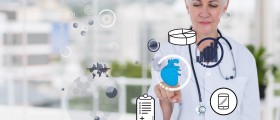
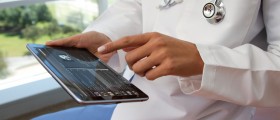

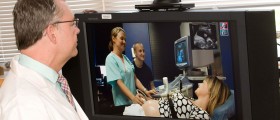
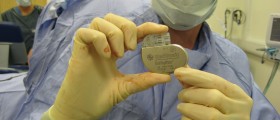

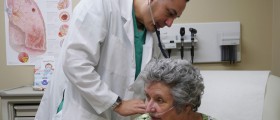
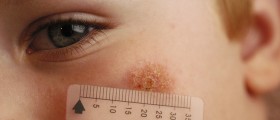

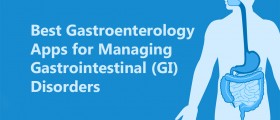
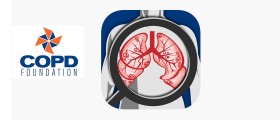
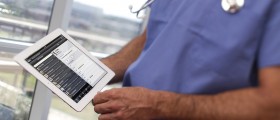

Your thoughts on this
Loading...